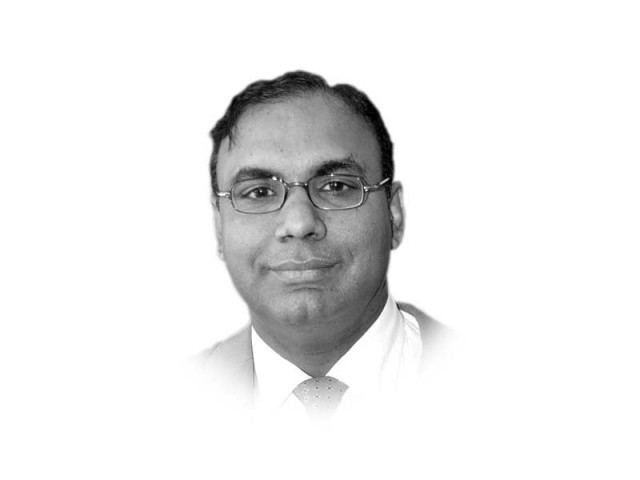Tackling urbanisation in Sindh
Pakistan is one of the fastest urbanising countries in the region

The writer is a development professional
The growth of urban places will be dominated by two spatial processes. First, the growth of central cities in mega-urban regions, and second an ongoing process of horizontal urban expansion into surrounding hinterlands creating peri-urban regions which will contain up to 70% of the mega-urban population by 2050. This latter process presents many environmental, economic, political and social challenges if the goals of achieving sustainable, livable and productive urban regions are to be achieved.
Pakistan is one of the fastest urbanising countries in the region. As it undergoes urban transformation, it faces multiple challenges including socio-economic inequities and conflicts, along with accelerated ecological degradation. The impact of unplanned urbanisation has far-reaching consequences on the urban environment and the infrastructure. So far, the government’s planning and policy has been unable to manage the rapid urbanisation. Informal settlements discharge wastewater and sewage into fresh water bodies and sea – something that leads to environmental degradation and health problems. Lack of proper water management of these communities has resulted in the depletion of aquifers. Migration plays a significant role in shaping the magnitude and spreading of population settlement patterns in the country. Regional and internal migration have contributed to the substantial increase in the pace and scope of urbanisation. The population movements have brought rapid transformation in the social, economic and political fabric of urban landscape of Pakistan. Since the independence in 1947, the country has been the destination for a large number of cross-border migrants and refugees. These migrant groups, together with the growing number of rural population and displaced rural poverty, have contributed to the substantial increase in the level of urbanisation, particularly in Sindh and Punjab.
Plans for urbanisation are introduced for large settlements engaged in development activities to provide better quality of living and to restrain activities that may have a negative impact on the physical and social environment. Urbanisation must be planned and urban plans must be implemented or else failure to do so will amount to planning to fail. This has indeed happened in the case of Sindh. Five plans prepared for guiding the development activities prepared for Karachi and 22 for other urban centers had no legal cover. Consequently, the restraint that has to be an integral part of the plan was not exercised and activities leading to negative impact were left to market forces and have resulted in degradation of the urban environment. Sindh has the highest rate of urbanisation in Pakistan. Its land resources have been degraded, its water resources have depleted besides seriously salinising and waterlogging the fertile soil, while the infrastructure facilities at almost all the urban centres, particularly the town and taluka level, are in shambles. The Sindh government has finally decided to establish a Sindh urban and regional master plan authority to tackle the increasing urban façade of Sindh. Given the fact that more than half of the province’s population has turned urban, developing cities and towns based on modern methods is imperative. One hopes that the authority, once made functional, would bring significant improvements in urban Sindh.
Published in The Express Tribune, February 5th, 2020.
Like Opinion & Editorial on Facebook, follow @ETOpEd on Twitter to receive all updates on all our daily pieces.















COMMENTS
Comments are moderated and generally will be posted if they are on-topic and not abusive.
For more information, please see our Comments FAQ